Atrial Fibrillation - Heart in Haste and How to Treat It
Sept. 19, 2023 #Heart Health
Understanding Atrial Fibrillation
Atrial Fibrillation (Afib) is also known as arrhythmia, is a condition in which the heartbeat is uneven and fluttery. This happens when the blood doesn’t flow properly in the body because the timing of the heart's upper and lower chambers, is out of sync. This may cause the heart to fail and the uneven flow of blood may form clots in the heart and the brain. The electrical signals that regulate the heart's rhythm become chaotic, causing the upper chambers of the heart (the atria) to quiver or fibrillate.
Diagnosing and managing atrial fibrillation is essential for reducing the risk of complications and improving the quality of life. Treatment involves addressing the underlying causes, restoring normal heart rhythm and preventing complications. Supportive therapies such as lifestyle changes, medications, and procedures like catheter ablation can help manage symptoms and reduce the associated risks.
Causes and Prevention of Atrial Fibrillation
Several factors contribute to the development of atrial fibrillation. Understanding these causes can aid in prevention and management of the condition.
High Blood Pressure as a Contributing Factor
One major cause of atrial fibrillation is high blood pressure, also known as hypertension. This condition puts extra strain on the heart and can damage the electrical system controlling the heart rhythm, leading to atrial fibrillation over time.
Managing and controlling high blood pressure through lifestyle changes and medication is crucial for reducing the risk of developing atrial fibrillation and minimizing its impact on the heart.
Heart Disease and its Connection to Atrial Fibrillation
Heart disease is another common cause of atrial fibrillation. Conditions such as coronary artery disease, heart valve problems, and previous heart attacks increase the risk of developing atrial fibrillation.
Improper heart function or structural abnormalities disrupt the normal heart rhythm, potentially resulting in atrial fibrillation. Treating and managing any underlying heart conditions is crucial for reducing the risk of atrial fibrillation.
Individuals with heart disease should closely work with their healthcare providers to monitor heart rhythm and take necessary steps to prevent and manage atrial fibrillation.
Symptoms of Atrial Fibrillation
Atrial fibrillation can cause a range of symptoms. Recognizing these symptoms is crucial for early diagnosis and treatment.
1. Palpitations or an Irregular Heartbeat
One of the most common symptoms of atrial fibrillation is palpitations, or an irregular heartbeat. Individuals may feel their heart racing, fluttering, or pounding in their chest. The irregular heartbeat may be felt in the neck or fingertips.
If you experience palpitations or a noticeable change in your heartbeat, consult a healthcare professional for evaluation and management.
2. Shortness of Breath and Difficulty Breathing
Atrial fibrillation can cause shortness of breath and difficulty breathing. The irregular heart rhythm can lead to poor blood flow, resulting in fluid accumulation in the lungs. This makes breathing more challenging, even during mild physical activity.
If you experience persistent shortness of breath or difficulty breathing, seek medical attention. A healthcare provider can assess your symptoms and determine the appropriate treatment plan.
3. Dizziness and Lightheadedness
Dizziness and lightheadedness can also indicate atrial fibrillation. The irregular heart rhythm can affect blood and oxygen flow to the brain, causing feelings of dizziness or lightheadedness.
If you feel lightheaded or dizzy, it is important to sit or lie down and seek medical attention if the symptoms persist or worsen. Your healthcare provider can assess the underlying cause and provide appropriate treatment.
It is important to note that some individuals with atrial fibrillation may not experience noticeable symptoms. Regular check-ups and screenings can help detect silent atrial fibrillation and prevent complications.
Supportive Therapies for Atrial Fibrillation
Alongside addressing underlying causes and restoring normal heart rhythm, several supportive therapies can benefit the treatment of atrial fibrillation. These therapies aim to reduce symptoms, manage risk factors, and prevent complications.
Lifestyle Changes to Reduce Risk Factors
Making lifestyle changes is an integral part of managing atrial fibrillation. These changes help reduce risk factors and improve overall heart health.
Adopting a healthy diet rich in fruits, vegetables, whole grains, lean proteins, and low-fat dairy products helps maintain a healthy weight, control blood pressure, and lower cholesterol levels. Avoiding sodium-rich and saturated fat-containing foods reduces the risk of heart disease.
Incorporating regular physical activity into daily routines is crucial. Exercise strengthens the heart, improves circulation, and helps maintain a healthy weight. Engaging in activities such as walking, swimming, or cycling for at least 150 minutes per week yields significant benefits for heart health.
Other lifestyle changes that support atrial fibrillation management include quitting smoking and reducing alcohol and caffeine consumption. Smoking increases the risk of heart disease and worsens atrial fibrillation symptoms. Moderation is key when it comes to alcohol and caffeine consumption, as they can trigger atrial fibrillation episodes in some individuals.
Medications to Control Heart Rhythm and Reduce Blood Clots
Medications are often prescribed to control heart rhythm and reduce the risk of blood clots in individuals with atrial fibrillation.
Antiarrhythmic medications help maintain a steady heart rhythm by regulating the heart's electrical system. The specific medication prescribed depends on the individual's symptoms, risk factors, and overall health.
Anticoagulant medications, also known as blood thinners, are prescribed to reduce the risk of blood clots in the atria. These clots can travel to other parts of the body, potentially causing stroke or other complications. Anticoagulant medications prevent clot formation and reduce the risk of these serious events.
Procedures such as Catheter Ablation for Advanced Cases
In cases where atrial fibrillation persists or does not respond well to medication, procedures such as catheter ablation may be recommended.
Catheter ablation is a minimally invasive procedure involving the insertion of a catheter into the heart to target and destroy specific areas of abnormal heart tissue responsible for the irregular rhythm. This helps restore normal heart rhythm and reduce the frequency and severity of atrial fibrillation episodes.
Remember, supportive therapies are essential for managing atrial fibrillation, working in conjunction with other treatment approaches to improve symptoms, reduce risk factors and enhance the overall quality of life for individuals with this cardiac condition.

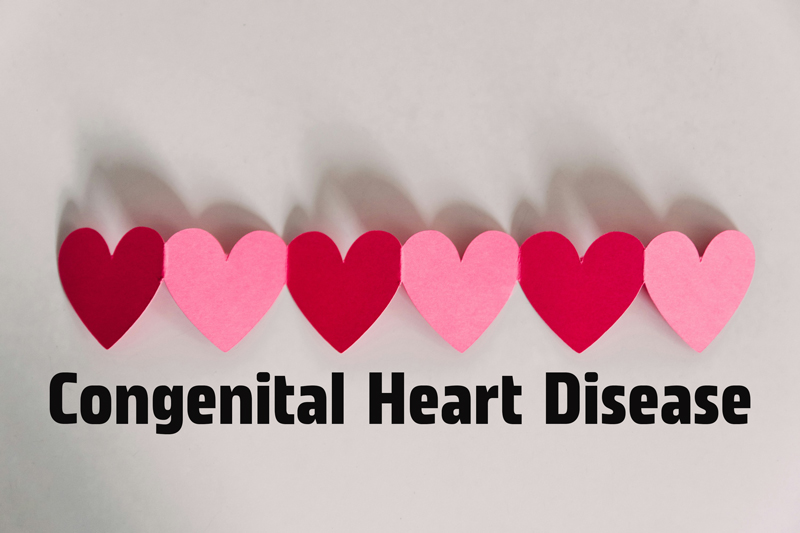









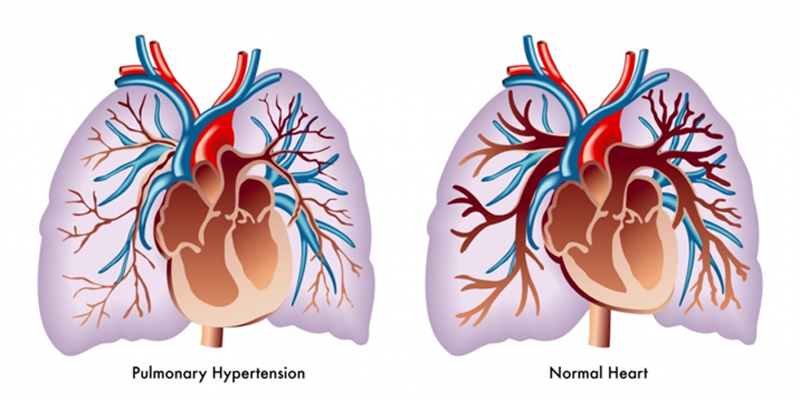
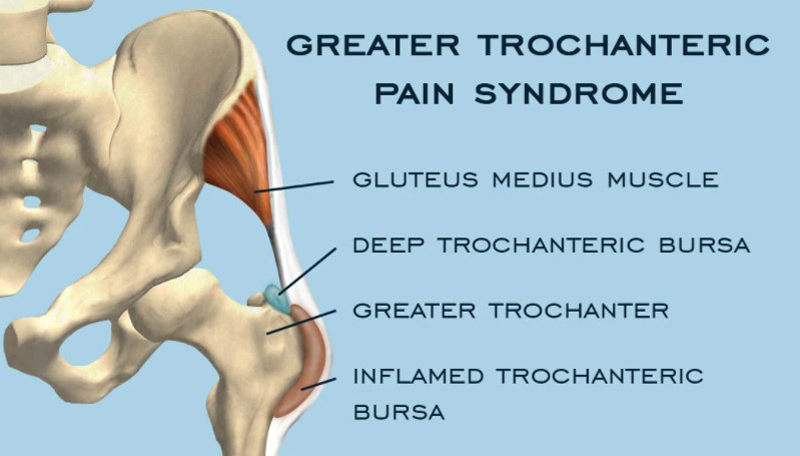
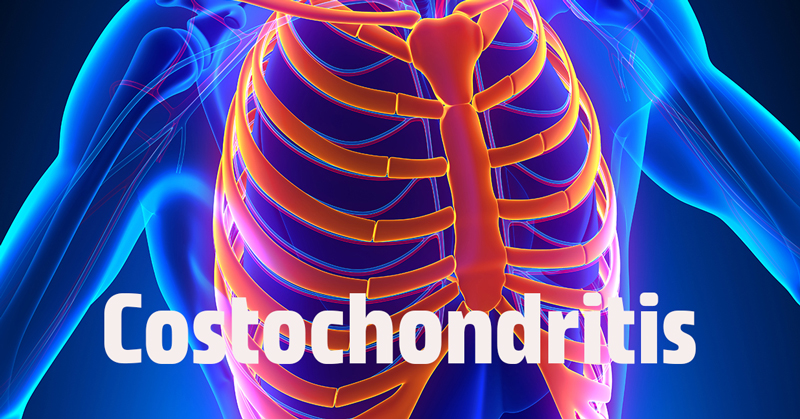
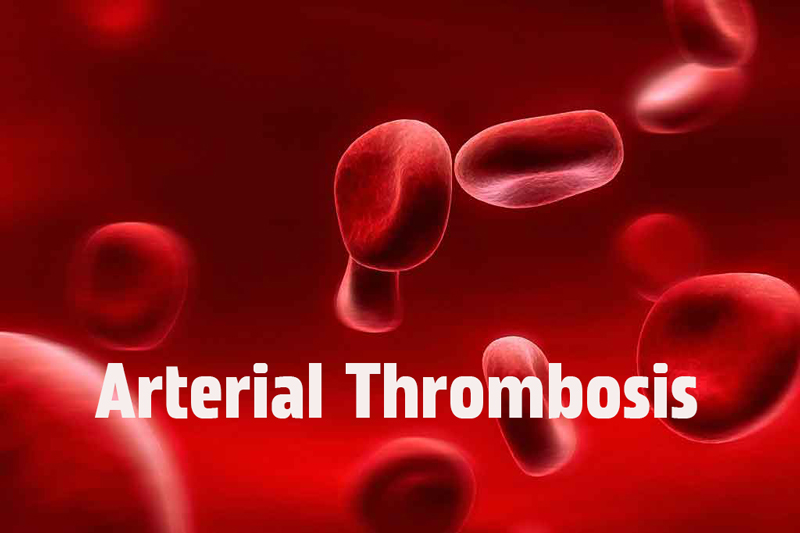
COMMENTS